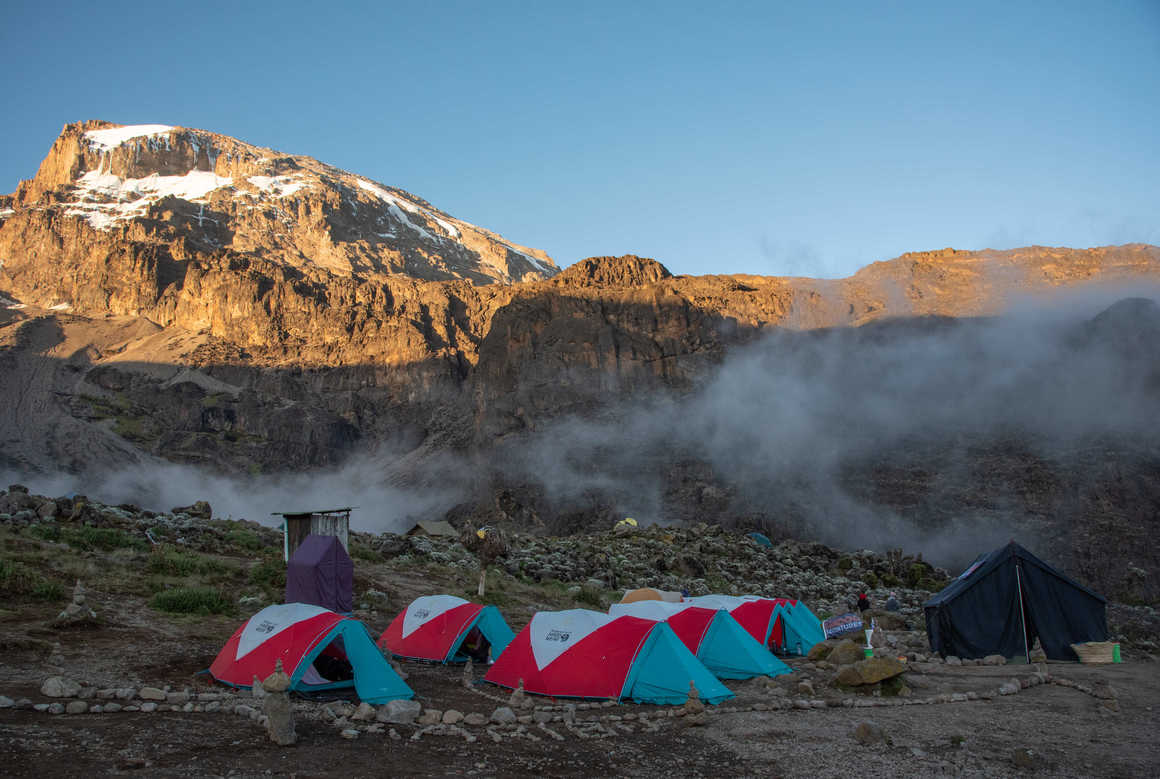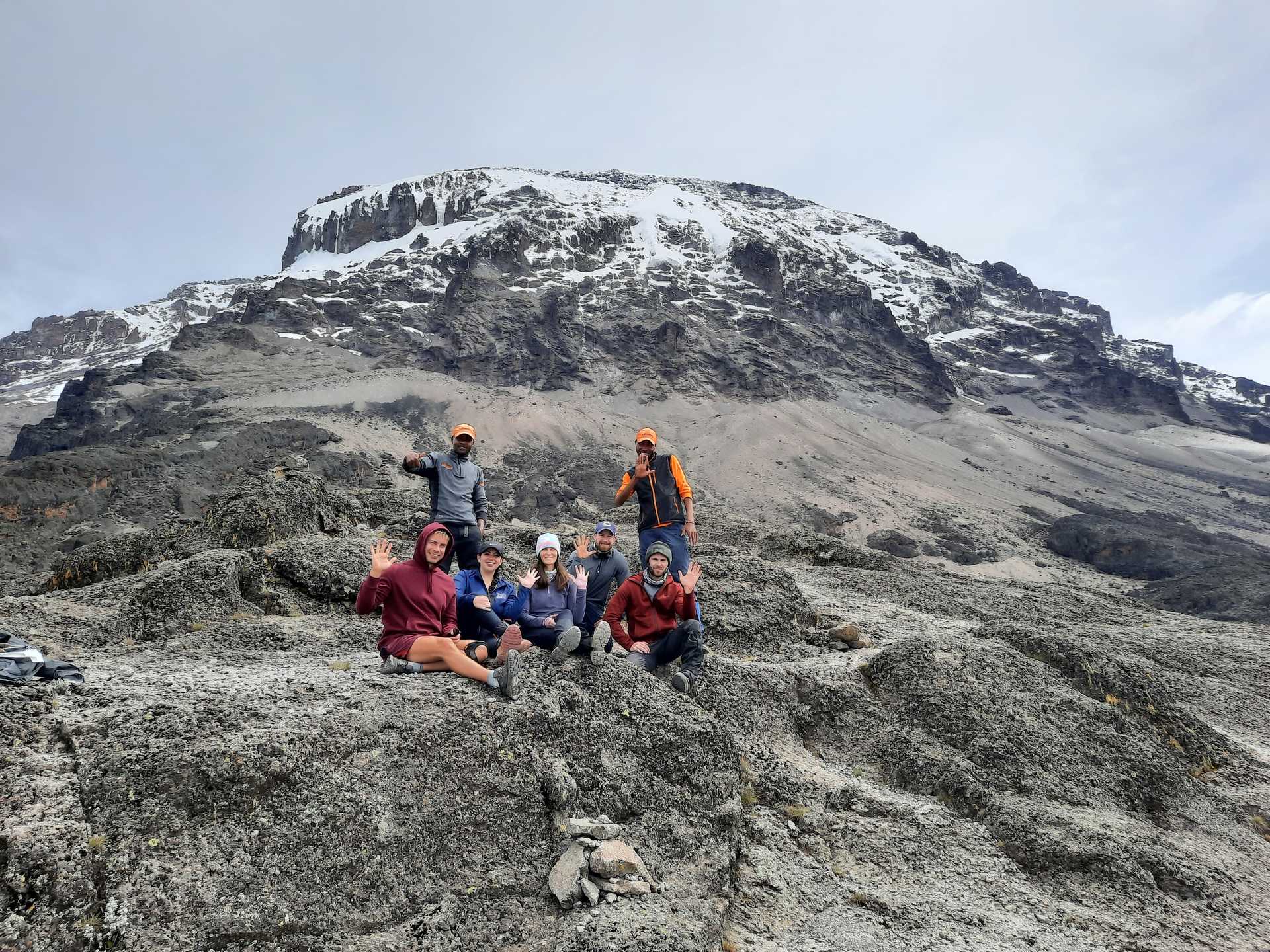Climbing Kilimanjaro
There is nothing more important to us than the enjoyment and
safety of our guests and this premise informs most of the operating decisions
we make. Our years of experience have honed our procedures making us into the
professional, efficient and highly successful travel company we are today. In
fact, our summit success rates are some of the best in the business at an
average of over 97%, when Kilimanjaro National Park itself reports closer to a
50% total success rate across all Kilimanjaro travel companies.
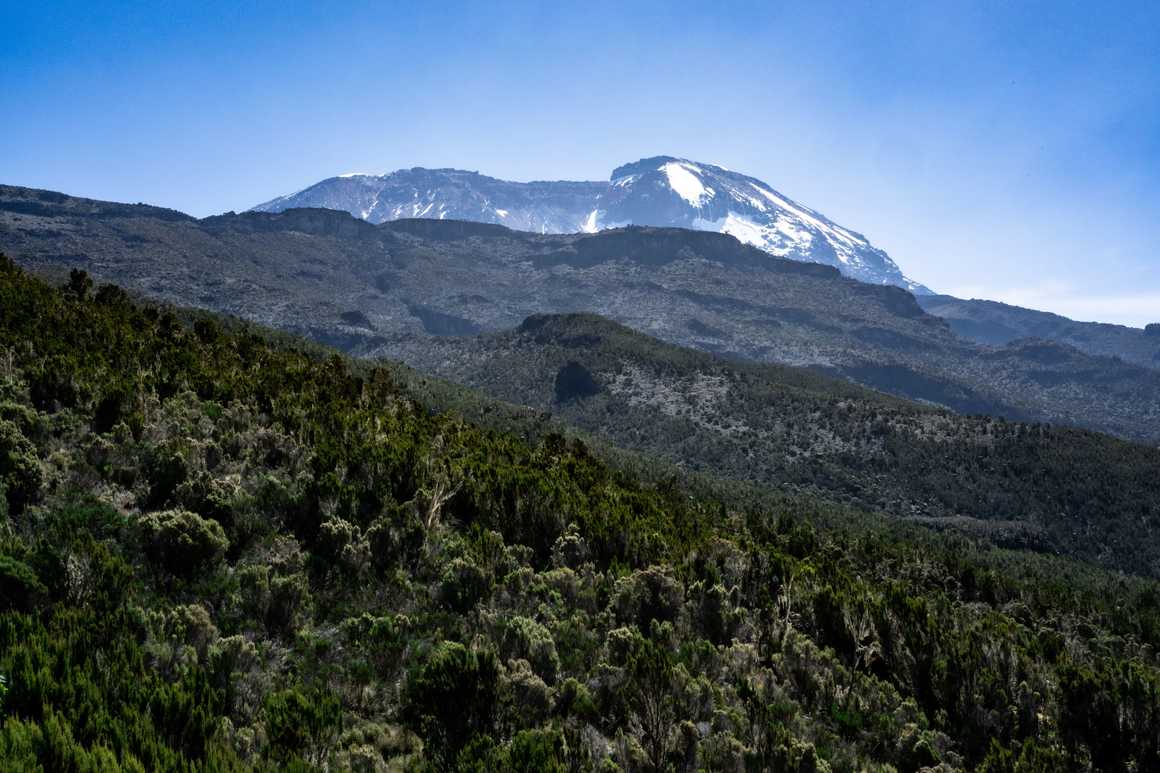
Staying safe
Planning
Did you know …. we have a risk assessment for every day, for
every leg of your Kilimanjaro trek?!
We also have an evacuation procedure for every section of
your trek too. That way if there are any accidents, our teams on the ground
know exactly what to do and who to call on for support at any given time at any
given point. This level of detailed planning is what sets us apart from
cheaper, local companies offering treks up the mountain and is what makes sure
that our guests are well looked after every step of the way.
In addition to our SMS, we plan our itineraries to both make
the most of your time in Tanzania but also to ensure that we allow plenty of
time for acclimatisation. Trekking at altitude can be dangerous and making sure
that we spend enough time each day at the right altitudes, then sleeping low,
is the best way to facilitate a successful Kilimanjaro summit attempt. We
factor enough days that you get to enjoy every minute of your trek up
Kilimanjaro without having to worry about feeling rough or getting sick. But if
you do suffer from altitude sickness then you’re in good hands with our
experienced guides who will be able to step in and make a plan to help you
manage your symptoms.
Our People
On an average 8-9 person trip, we would have approximately
35 support staff in total. This includes guides, porters, cooks, waiters and
supply staff. Being a responsible travel partner of KPAP (Kilimanjaro Porters Assistance
Project) means we also have a KPAP porter with us on every trek monitoring the
welfare of our support team.
Even before you have seen the mountain, you’ll have a trip
briefing where you’ll get to meet the other members of your trekking group and
the guides. You’ll be taken through each day of the trek, what to expect, what
to take and get to ask any last minute questions. Communication is key so
building this early rapport with the people you’ll be spending a lot of time
with is essential to an enjoyable climbing Kilimanjaro experience.
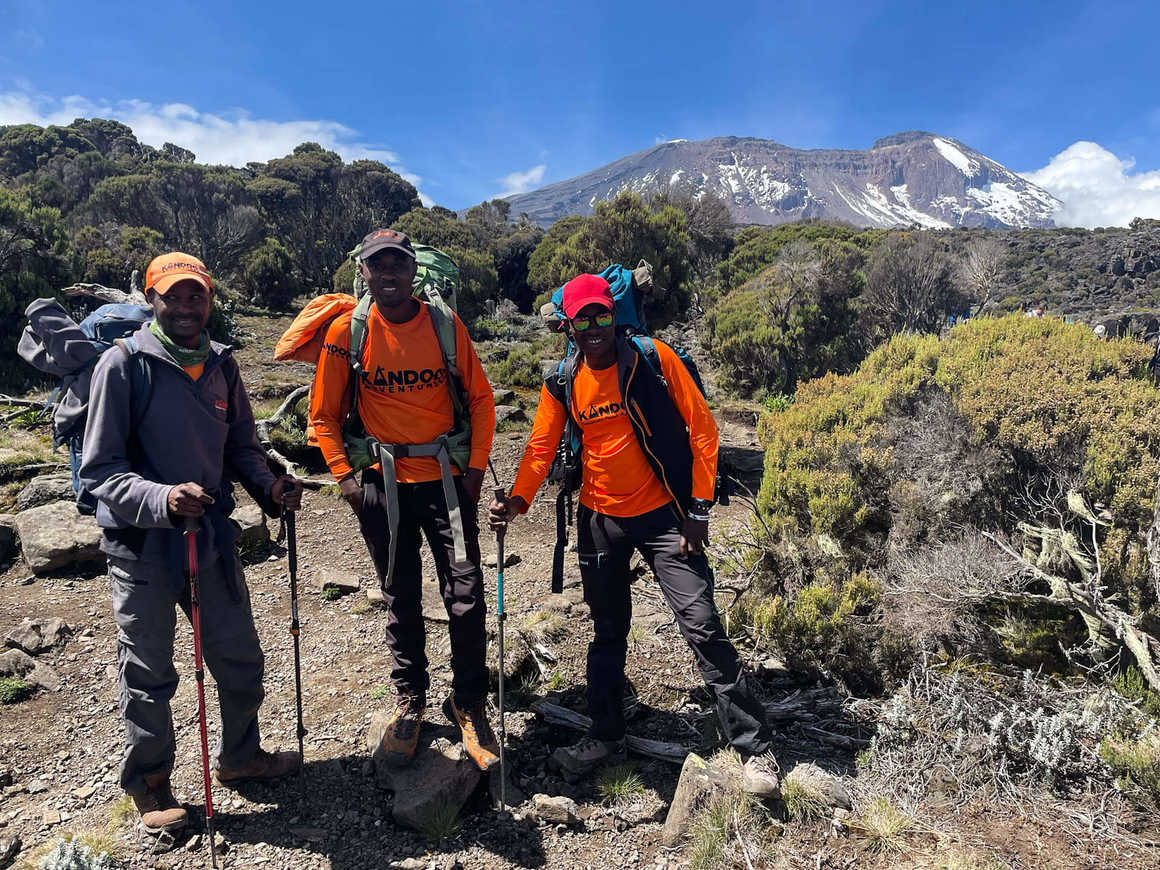
Your Health
One of the most important tasks our trekking teams carry out
are twice daily health checks and these start right at the trip briefing. Your
heart rate will be measured and a base blood oxygen reading taken. Then from
day one on the trip you’ll be checked twice daily for your heart rate and blood
oxygen levels. This is to ensure that your body is coping with the altitude and
that if there are any discrepancies, the team can act fast to prevent any
health scares.
In addition to these readings, we also take a twice daily
Lake Louise score. This self-assessment questionnaire is to assess your
symptoms and rule out AMS (acute mountain sickness). By checking in regularly
with how your body is performing, we are able to care for you and recommend
action if we deem your health is at risk.
Altitude sickness is common when trekking
at altitude as there is lower air pressure and lower oxygen saturation the
higher you climb. Anyone can get altitude sickness but you’re more likely to
suffer if you are unfit as those who have better cardiovascular health will be
better equipped to cope with lower pressures for longer. There is medication
you can take to try and prevent altitude sickness, but for our part, we try and
factor in enough days for acclimatisation so that you are less at risk.
When you’re stuck into your trek, hard as it may be to
believe, there are no ‘proper’ toilets or washing facilities. The facilities on
the mountain mainly consist of long drop toilets, with no showers and no sinks
for washing your hands. We realise that this is not ideal, so we pack chemical
toilets and a dedicated toilet tent with us for guests to use when camping.
Taking hand sanitiser and baby wipes to keep hands clean will also go a long
way to reducing the risk of diarrhoea which nobody wants to go through!
Sun exposure is another major health concern whilst hiking
in Kilimanjaro. Applying SPF30 or higher to exposed skin such as your face,
ears, neck and hands (at lower altitudes) will help you to avoid sunstroke and
sunburn, both of which will make your trek uncomfortable and affect your
ability to keep going. We recommend wearing a wide brimmed hat to provide shade
and wearing layers that will allow your skin to breath when warm and insulate
when the temperature drops.
For more information on how
to take care of yourself on your trek, head to our dedicated page for more
tips.
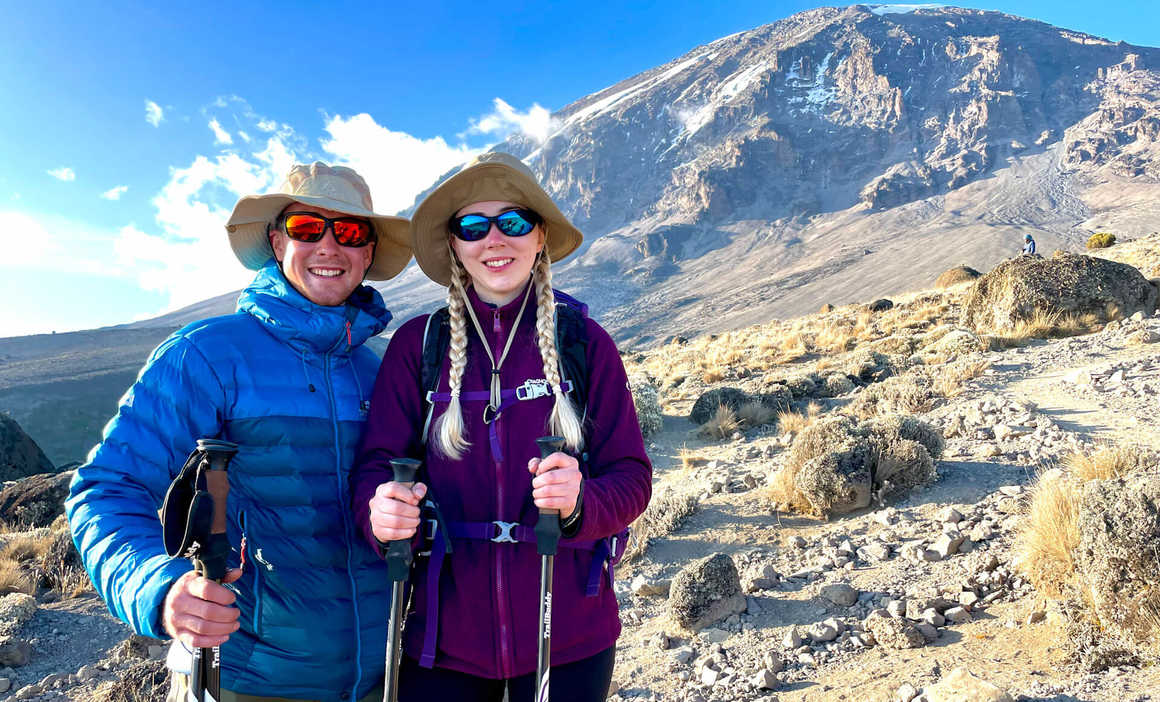
Training
The preparation for your climb up Kilimanjaro is something
we can advise you on, however you will have to do the hard work yourself if you
want a chance of success. Whether you’re in the US, UK or somewhere else
entirely, start training 3-6 months prior to your trek and head for the highest
mountains you can find. If your local peaks are not high altitude, then try
taking a heavy pack with you or combine your walking with hitting the treadmill
too. Building cardio into your training will help prepare your lungs and heart
for your trek. Strength training will also help as you’ll be carrying a pack
whilst climbing the mountain and the daily grind of your trek will be
physically demanding.
Accommodation
Kandoo use two different types of tents to protect you from
the weather during your climb. We use Mountain Hardware Trango 3 sleeping tents
which are the same kind of tents mountaineers use when climbing Everest. These
high performance tents are designed to be super insulative, have lots of space
and are very strong, ensuring you can get a good night’s sleep in all weather
conditions. The second type of tent we use is a custom-made expedition mess
tent where meals are served, which has good head height, is strong and warm.
These are made especially for us in Nepal and built to withstand Himalayan
conditions.
Downtime is important on a multi-day trek such as climbing Mount
Kilimanjaro, so we do our best to make sure our travellers are comfortable when
they’re not on their feet.
